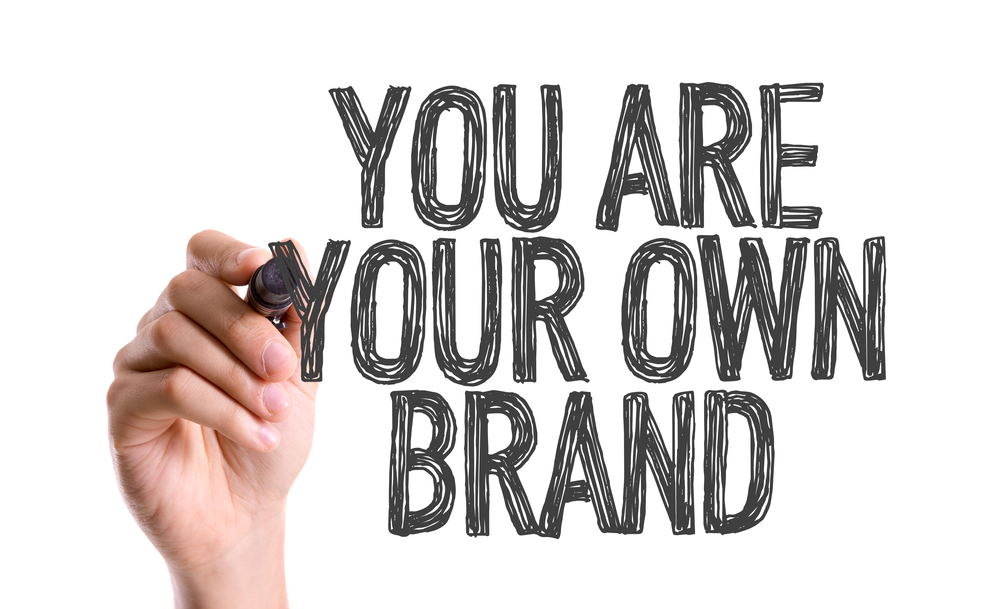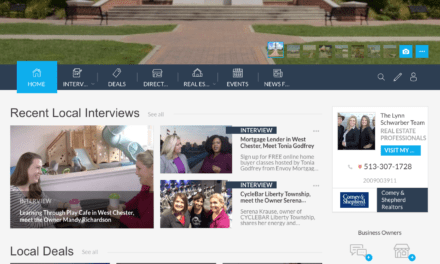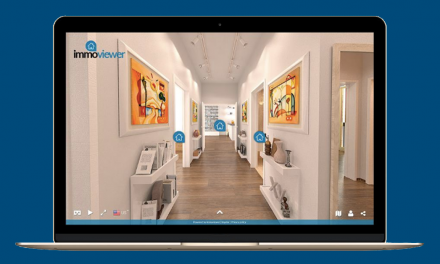Let’s be real: there’s no shortage of real estate professionals for buyers and sellers to choose from, and – realistically – you aren’t offering anything that dozens of other real estate professionals in your immediate area can’t offer just as well as you. Many can likely do it better. The ONLY way to set yourself apart is by creating a personal brand which conveys WHO YOU ARE. Potential clients are going to spend a lot of time with you, and pay you a large commission – they want to know who you are first, and what you know second.
There are four fundamental principles to keep in mind when writing anything about yourself for your digital channels.
- The Mullet Rule – Business in front/Party in Back. Have all pertinent professional information included, but include fun content about yourself.
- The length and content of a bio should reflect the tone of the channel.
- Don’t use the same bio across multiple channels
- Funnel your channels into one another to ensure all of them get equal exposure.
7 Key Pillars Of Personal Branding
If you’re unsure of the last time you updated your outward-facing personal branding materials, then it’s time for a full personal brand audit. How do you do this? By asking yourself 7 questions
1. Perspective
Are you viewing your personal brand building from a long-range perspective? This involves creating long-term goals, based on identifying the characteristics you want associated with your brand. It also involves mindfulness that brands aren’t the result of “wishes,” but are “assembled” from everyday decisions and actions at home and in the workplace. How often during the first quarter did you put aside your initial reaction and, instead, act from a long-range point of view?
2. Relationships
Are you building strong relationships with clients, prospects, and co-workers? Success is often the result of “lucky breaks” involving endeavors involving friends made in college or in the years following graduation. It pays to view your daily encounters with others as opportunities to build long-term relationships. What are some of the things you did to create long-term relationships with those you met during the first quarter of 2013?
3. Research
Are you always looking for new ways to improve your personal brand building? Few can afford the luxury of focusing simply on performance. In today’s fast-paced world, everyone needs to invest time expanding their capabilities by exploring new ways to connect with others through social media and Internet marketing. What new ideas, skills, or techniques–like SlideShare–did you explore during the first quarter of 2013?
4. Packaging
Are you appropriately “packaging” your brand through your words, your dress, and the design of your marketing materials?” Does your writing accurately and concisely reflect the value of your ideas? Sloppy writing communicates sloppy thinking, as do disorganized and cluttered business cards and websites. What are some of the steps you took during the first quarter to improve the packaging of your brand?
5. Reach
Are you merely performing up to expectations, or do you strive to outperform your previous best? For example, do you undertake writing or presenting projects outside of your comfort zone? When’s the last time you swung for a home run? What did you do to challenge your expectations during the first quarter of 2013?
6. Habits
Are you committed to mastering the habits that lead to personal branding success? Although personal branding is often described in terms of strategies and tactics, like search engine optimization, headline writing, and new social media tools, the essence of personal branding success lies in your personal habits. Habits like time management, planning before acting, and leaving time to edit your words before distributing them, are ultimately more important. How effectively did you manage your time during the first quarter of 2013?
7. Consistency
How consistent were your personal brand building efforts? Brand-building is a process, not an event. Frequency builds awareness, not occasional excellence. Consistency is easy to measure, because you can easily track the number of blog posts or FaceBook updates you shared. Were you able to keep on schedule with your blog posts, Tweets, and FaceBook/LinkedIn updates during the first quarter of 2013?
The intended outcome is taking all of your outward-facing personal branding and asking yourself ‘Does this accurately reflect who I am?’ If the answer is no, you need to start adjusting it so that your branding does reflect who you are. Personal branding isn’t done as a one-off; it requires effort and upkeep. Audit quarterly, keep track of changes and adjust nts, and shape your efforts according to what works best for you.





